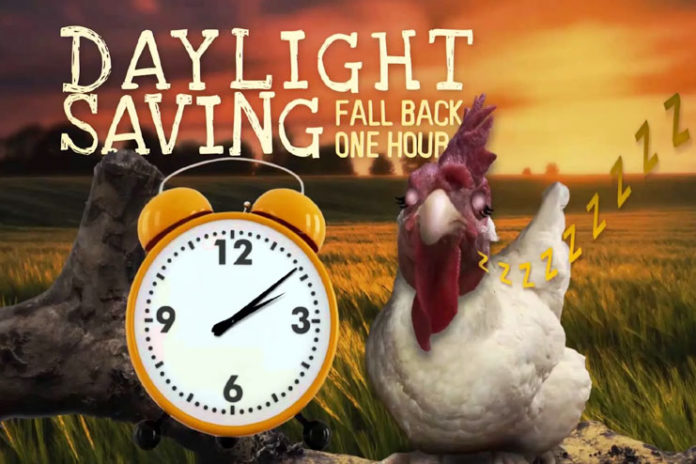Affiliate Disclaimer
Some links in this article are affiliate links. We may earn a small commission if you make a purchase through these links, at no extra cost to you. We only recommend products we find useful to our readersWe all have experienced some fatigue and dizziness when the Daylight Saving time comes in effect during spring and fall every year. Of all the 11 DST’s, I experienced in US so far, I always joked about how jet lagged I felt every time the clock reversed by an hour and how confused I felt when the clock jumped an hour in fall. While the hilarity wasn’t just a joke, I did experience some sort of lethargy and mood swings. Then I started reading about the health effects of daylight saving time. And to my surprise I saw many researches and studies have already claimed that there are some severe impacts of DST. So to help you combat the impacts and to prepare your body well in advance, regarding those weird effects of daylight saving time, here are a few tips which you can proceed with, even before the actual DST day
Describe Daylight savings time:
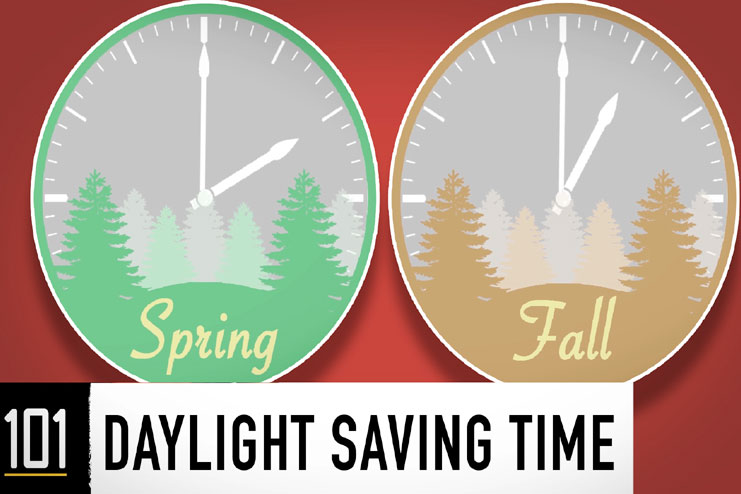
Daylight saving time is an age old practice of changing the clock by one hour twice in a year. First during spring the clock is shifted 1 hour ahead and during fall it is shifted 1 hour behind. This is done in order to take maximum benefit of natural daylight, and get most productive days.
We all have heard of this old adage, “Spring forward, fall back” to help you understand when the clock is moved ahead and when it is turned back. From April onward you tend to lose one hour so finish your day until late when the natural light is up and about even by 8:30pm in some US states And from November onward you tend to regain one hour when you get to begin your day early.
Daylight savings time is also known as summer time in some countries. In 1895 George Hudson proposed this DST and Germany was the first country to adopt DST at national level.
There are ample effects of daylight saving time on economy, politics, health and energy usage. Critics have dissed the concept from years but there are a few countries which proceed with DST despite the drawbacks and impacts it creates.
Weird effects of daylight saving time:
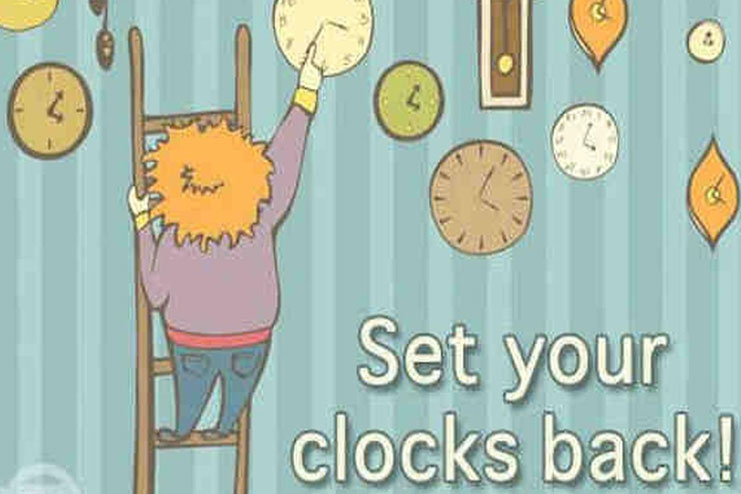
While we all would love that one extra hour of sleep starting this Sunday morning, but there are some real weird impacts of DST too, which have been recorded over the past many years. Some of these not just affect our health but also mental wellness too. Check out these effects of time change on the body before this Nov 5th fall DST:
1- An increase in workplace injuries reported during spring time:

The workers who do hourly labor job, and are needed to be at mining or blasting site or mechanical material workplace, there have been an increase in injuries reported during spring time. Due to the fact that they get less than their regular sleep and that one hour shift causes them to stay lethargic and sleepy all day. Causing low concentration and tiredness too. The week that follows the spring time DST has seen 5-7% more workplace injuries and this is attributed to around one hour less of sound sleep
2- More heart attacks are reported soon after DST switch:

The first three days soon after spring time daylight saving time has seen more cases of heart attack than ever. There has been around 5% increase than normal cases and it is attributed to change in sleep patterns. Researches conducted in many places have shown that lack of sleep releases stress hormones that cause inflammation. This complicates the heart problem of those already affected
3- Increased depression triggers:
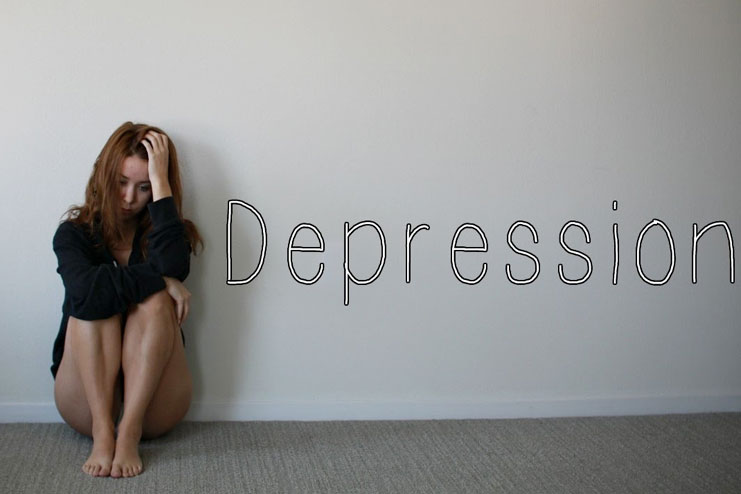
Losing one hour of sleep during the night or day may cause mental illnesses like bipolar disorders and seasonal affective disorder. This is also called winter depression. A study conducted shows, there is an 11% increase in the number of depression cases reported during the days following DST. Male suicide rates have also increased during this time soon after DST in spring and autumn
4- Cluster headaches and migraine:
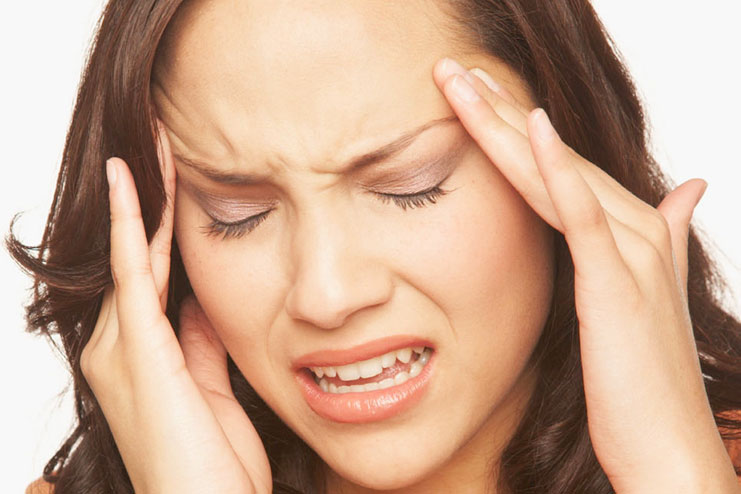
For people prone to cluster headaches and migraines, this seasonal change in time can be a bad news. The increase in warmth and light also the change in sleeping pattern causes a series of cluster headaches.
5- Kids and teens have delayed reaction time:

Since spring time DST causes us to lose one hour of sleep, it makes the kids and teens lethargic and overly exhausted. The DST induced sleep loss causes the kids to be sleepy all the time, they have delayed reaction time and more lapse in attention and concentration.
6- Cyberloafing has become rampant too:

Loss of sleep causes a lot other effects too. Like fatigue, decreased productivity, less attentions pan and more of such. Sleep deprived employees were found to spend more time on personal fun or cyberloafing rather than doing work.
7- The onset of Daylight savings time causes increased miscarriages:
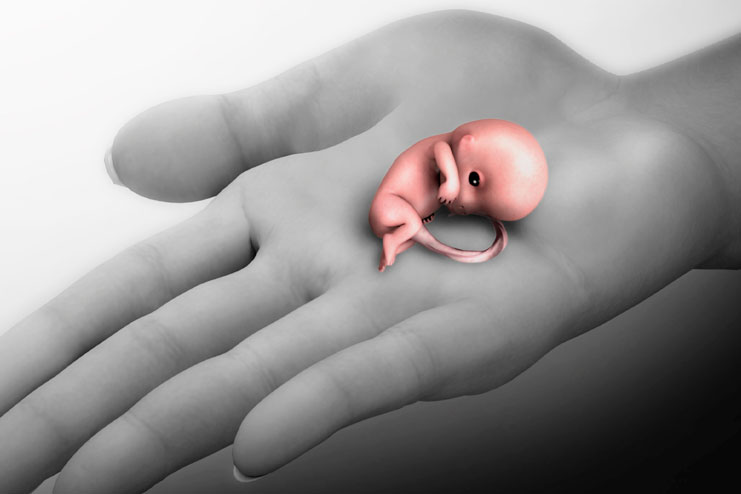
In vitro fertilization patients see a lot more miscarriages during DST initiation in spring. Though the researches are still ongoing but there have been reports of increase in miscarriages during the time following DST.
8- More car accidents have been reported soon after DST:

Be it the spring DST or fall DST the rate of car accidents have shown an increase days after the clock is set for daylight savings time. This can be attributed to sleeplessness or inactivity or even lethargy
Coping with daylight savings problems:
Let us now learn about coping with effects of time change on the body. Though DST also changes our biological clock but some tips can help in reducing the impact of daylight saving time on our health. Look at the below ways to reduce daylight savings effect:
1- Do more exercise and spend more time outdoors:
It is reported that DST causes 10% extra calorie burn thus its time to workout even more. Leave the TV at home and go ahead with more exercises to reduce the impact of daylight saving time on your health. You can also try and fit in a few minutes of exercise after work day

2- Begin taking an hour or half an hour of more sleep from at least a few days ahead of DST. Some suggest you must slowly drop the minutes from your sleep and make the shift easier. Begin a week ahead and shift 10 minutes of the sleep time. Say if you go to bed at 8:30pm, begin by going at 8:20 pm and continue decreasing by 10 minutes each day, for the next 6 days. This will make the shift gradual and slow. Thus reduced impacts on health
3- Get up at the usual time everyday, a week ahead of DST and the days to follow daylight savings time. And keep your mornings easy
4- Go for walk each day post DST, as morning sunlight will help in getting your biological back on time with the DST. Light is the principal source of body balance. Since light helps in suppressing the sleep inducing hormone melatonin so its required for you to expose yourself to light soon after waking up.
5- Do not nap within a few hours of your regular bedtime. Keep the power naps lesser during fall time DST.
6- Avoid caffeine, nicotine and alcohol for a few days to help your body get back to routine. These stimulants cause hormonal imbalances with DST
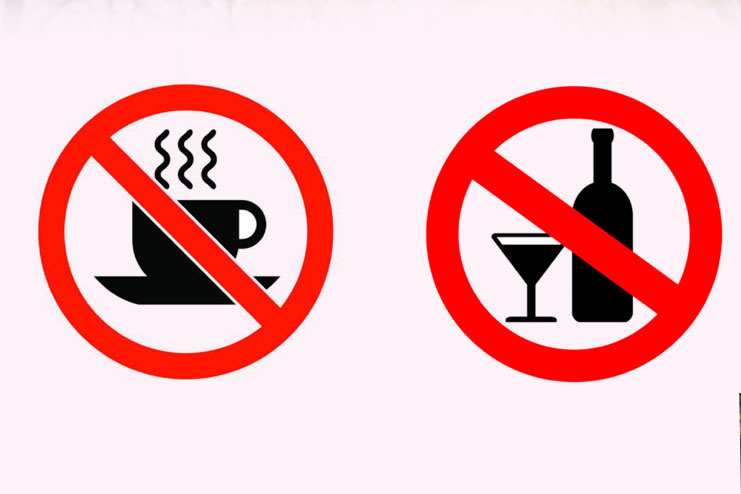
7- Drink plenty of fluids during early hours of the day and keep your fluid intake to minimum a week after DST begins. To have a continuous sleep for the night. Drink more water for added health benefits
There are ample health effects of daylight saving time and researches suggest suicides, depression, cluster headaches, accidents and heart attacks increase son after the daylight saving time begins. Check out some ways to combat daylight savings effects and help your transition between the DST, smooth and healthy
Share ahead and keep writing us, we love hearing from you!





























